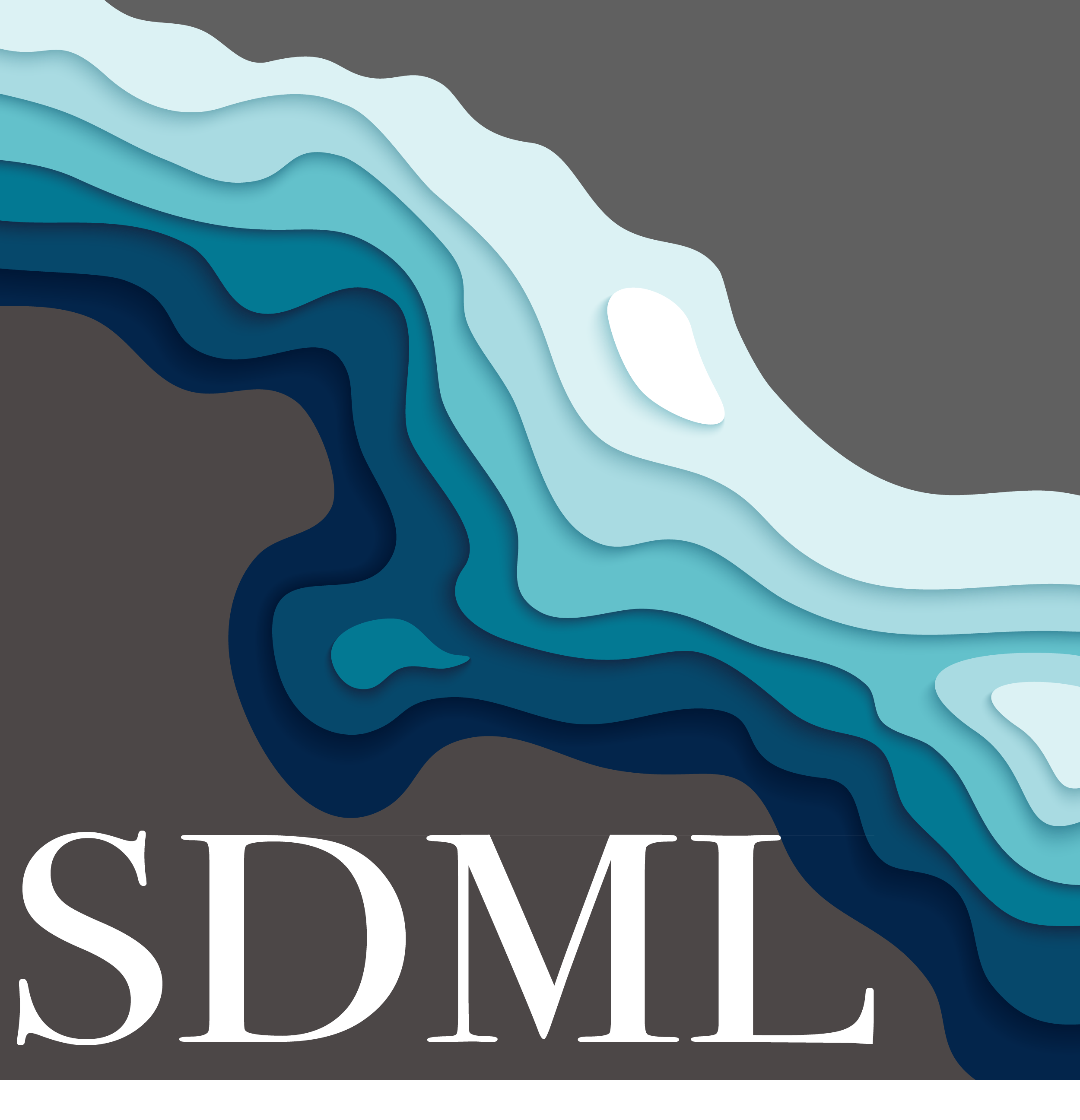The Benchmark Flood Inundation Mapping (FIM) Database comprises of remote sensing-derived and high-fidelity model-predicted FIMs. The FIM inventory is classified into four quality-based levels (Figure 1). The database is stored in an AWS S3 bucket with an open API. Each folder in the S3 Bucket includes:
(a) A flood inundation raster (GeoTIFF; .tiff)
(b) A vector layer illustrating the bounding box of the flood domain (within a Geopackage; .gpkg)
(c) Metadata file (JSON; .json)
Figure 1. The Benchmark FIM Database Overview
The folder structure in the database S3 Bucket is organized by quality levels labelled as Level_1, Level_2, Level_3 and Level_4 (Figure 1). Under each Level folder, there are subfolders consisting of flood maps for different case studies (Figure 2). The naming convention of these subfolders is based on the date of the flood event, followed by the coordinates of the centroid of the flood map (e.g. 20161009T150712_0775815W352133N). For Level_4, the naming convention initiates with the flood magnitude (100 for 100-year flood; 500 for 500-year flood) followed by the coordinates of the centroid of the flood raster (e.g., a folder with 100-year event 100_910812W360825N).
Figure 2. Folder Structure of the FIM Database
Benchmark FIM Rasters: FIMs are available across four levels, classified based on the quality and resolution of the benchmark raster.
-
(a) Level_1
FIM includes flood maps derived from very high-resolution NOAA Emergency Response Aerial Imagery.- Flood rasters are generated by classifying raw images into two classes: flood (1) and non-flood (0), using a combination of automated and hand-labelled processing.
- Spatial resolution: 20-50 cm.
-
(b) Level_2
FIM consists of flood rasters derived from Planet remote sensing imagery.- Classifications are enhanced using a hydrologically guided gap-filling algorithm to improve quality and spatial continuity.
- Classes:
- 0 – Non-flooded pixels
- 1 – Flooded pixels from remote sensing
- 2 – Flooded pixels from gap-filled region grow algorithm
- Spatial resolution: 10 m.
-
(c) Level_3
FIM consists of flood rasters generated from Sentinel-1 remote sensing imagery.- Similar to Level_2, flood classification is enhanced with a hydrologically guided gap-filling algorithm.
- Classes:
- 0 – Non-flooded pixels
- 1 – Flooded pixels from remote sensing
- 2 – Flooded pixels from gap-filling algorithm
- Spatial resolution: 10 m.
-
(d) Level_4
FIM contains FEMA’s Base Level Engineering (BLE) flood maps representing synthetic flood events.- Includes model-predicted 100-year and 500-year return period flood maps using HEC-RAS.
- Classes:
- 0 – Non-flooded pixels
- 1 – Flooded pixels
- Spatial resolution: 10 m.
- These are large-scale flood maps at the HUC-8 watershed level.
The benchmark raster filenames encode key metadata, including location, data type, resolution, and the date and time of the flood event. The following naming convention is used: Where:
-
SS – Sensor name
S1for Sentinel-1AIfor Aerial ImageryBLEfor Base Level Engineering
-
SR – Spatial resolution of the imagery
10mfor 10 meters0_5mfor 50 centimeters
-
YYYYMMDD – Acquisition date
- Year, month, and day of the flood event
-
TT – Time of acquisition in UTC
-
UU – Unique Identifier of Location
- Latitude and longitude (formatted as W/E + N/S) of the centroid for actual flood events
- HUC-8 ID for BLE flood maps
-
BM – Indicates Benchmark
S1A_10m_20190527T00265_ 953144W310436N_BM.tif The detail information is available in the Guidelines file showing the detail metadata, naming convention and folder structure.
Figure 3. Visualization and Download
Benchmark_FIM_Database/
├── FIM_DB/ # Folder containing the codes
│ └── Vizualization_and_download.ipynb/ # Jupyter Notebook to generate the .html file for visualization and download
│ └── fim_db.py #Codes to link the aws s3 bucket
└── utils.py # Contains all codes to generate the html file.
├── Naming_Convention.ipynb # Jupyter notebook following the specified naming convention before uploading into the AWS.
├── README.md # Readme file showing the description of the FIM Database
├── index.html # html file for visualization
└── Guidelines # Detailed information about the FIM Database.The database is available in https://sdmlab.ciroh.org/#FIM_Database/
Contact Sagy Cohen (sagy.cohen@ua.edu) Dipsikha Devi, (ddevi@ua.edu) Supath Dhital, (sdhital@crimson.ua.edu)




